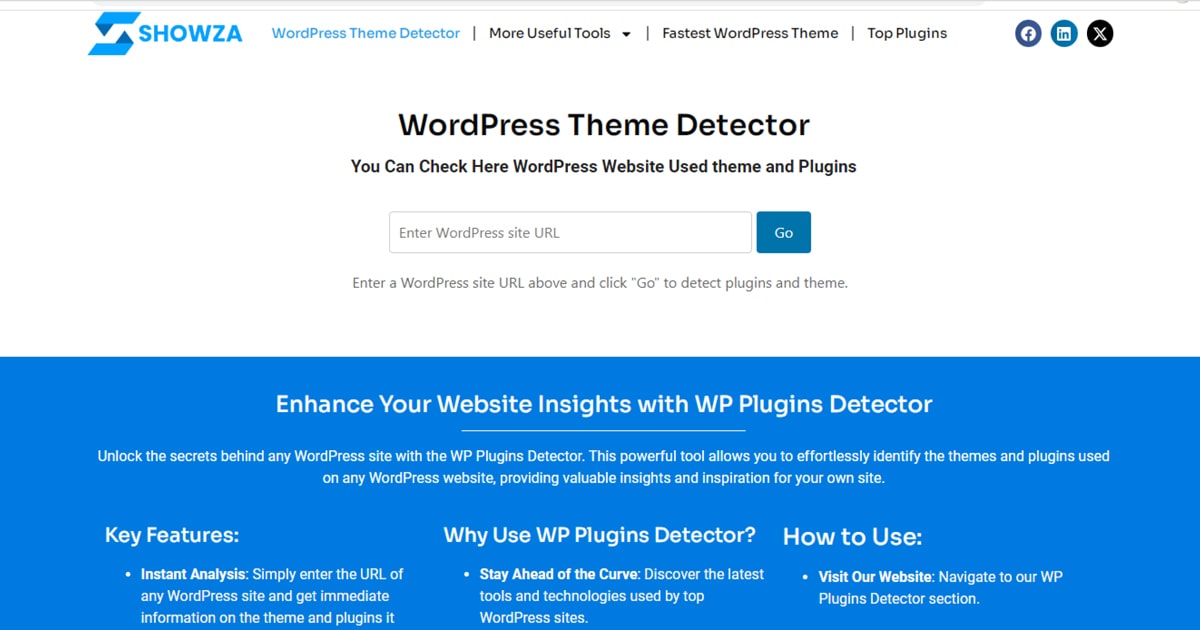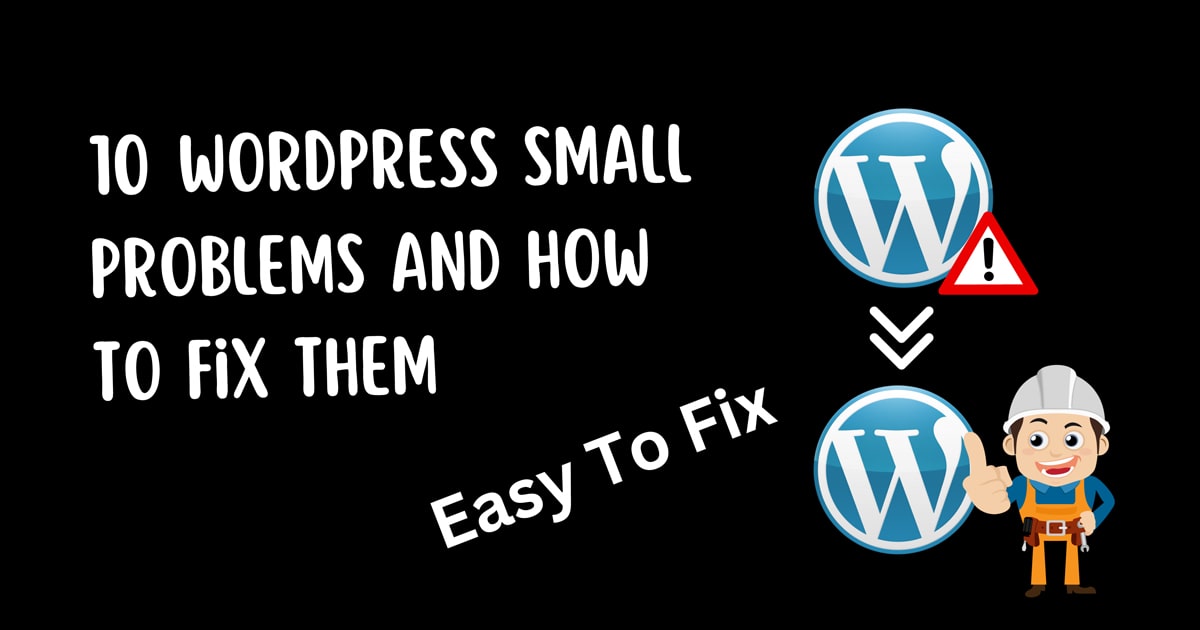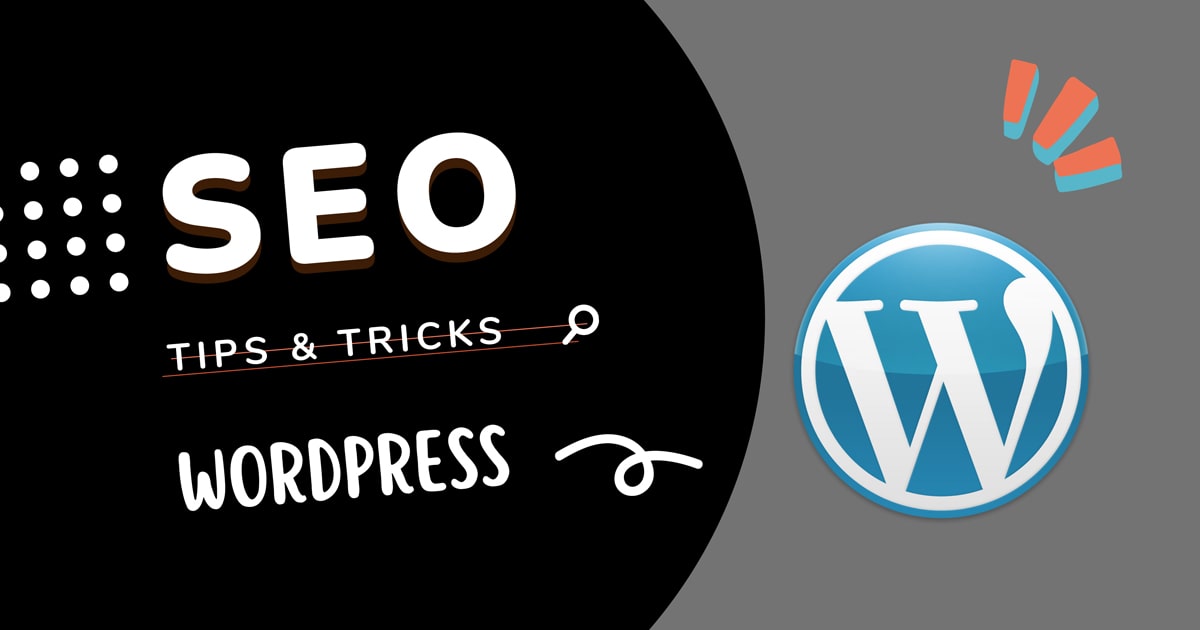
How to Manually Add Meta Tags on WordPress Without Any Plugins
Meta tags play a crucial role in improving your website’s SEO and ensuring it stands out in search engine results. While plugins like Yoast SEO make adding meta tags easy, you might prefer to avoid additional plugins to keep your site lightweight and fast. Here’s a simple guide on how to manually add meta tags to your WordPress site without using any plugins.

Step 1: Access Your Theme’s Header File
To add meta tags manually, you’ll need to edit your theme’s header.php file. Follow these steps:
1. Log in to Your WordPress Dashboard:
Navigate to your WordPress admin panel by entering yourdomain.com/wp-admin.
2. Go to Theme Editor:
- In the left-hand menu, hover over “Appearance” and click on “Theme Editor.”
- A warning might appear indicating that editing theme files can be risky. Click “I understand” to proceed.
Find the Header File:
- On the right side, you’ll see a list of theme files. Look for header.php and click on it to open.
Step 2: Add Meta Tags to the Header File
Once you have the header.php file open, you can add your meta tags within the section. Here’s how:
1. Locate the Section:
- Find the openingtag, which is usually near the top of the header.php file.
Insert Meta Tags:
- Below the openingtag, add your meta tags. For example:
<head>
<meta charset="<?php bloginfo('charset'); ?>">
<meta name="description" content="Your website description here">
<meta name="keywords" content="keyword1, keyword2, keyword3">
<meta name="author" content="Your Name">
<title><?php wp_title(''); ?></title>
<?php wp_head(); ?>
</head>
- Replace the content values with your actual descriptions and keywords.
Step 3: Save Your Changes
After adding the necessary meta tags:
1. Save the File:
- Scroll down and click the “Update File” button to save your changes.
2. Check Your Site:
- Visit your website and view the source code (Right-click on the page and select “View Page Source”) to ensure your meta tags are properly added.
Additional Tips
- Backup Your Site: Before making any changes to theme files, it’s always a good idea to back up your site. This way, you can restore it if anything goes wrong.
- Child Theme: Consider using a child theme for your customizations. This way, your changes won’t be lost when the theme is updated.
- Regular Updates: Keep your WordPress installation and themes up-to-date to ensure compatibility and security.
Conclusion
Manually adding meta tags to your WordPress site without plugins is a straightforward process that can enhance your SEO efforts. By editing your theme’s header.php file, you can ensure your meta tags are tailored to your content and visible to search engines. Remember to back up your site before making any changes and consider using a child theme for better management of your customizations. With these steps, you’ll be on your way to improving your site’s visibility and performance in search results.

















